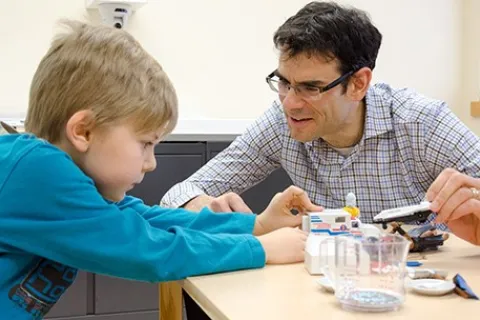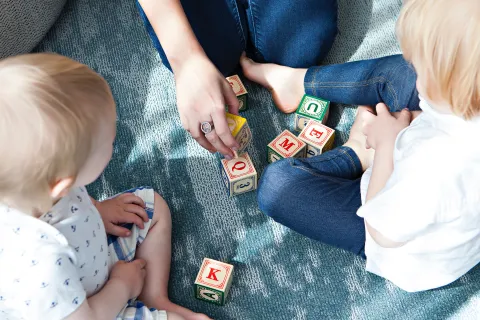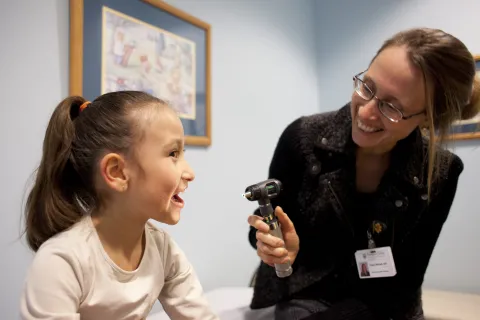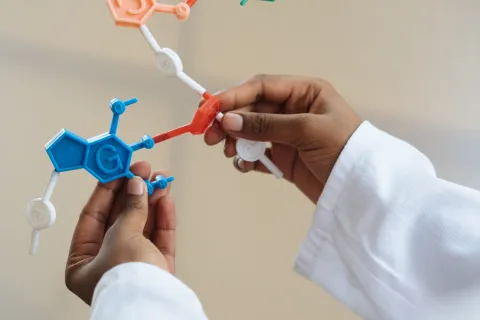Information for Paraprofessionals
School Community Tool Kit
Whether they are assigned as a 1:1 aide or to a special needs classroom paraprofessionals are in a unique position to effect great changes in the lives and function of their students.
They can help set the tone for the student’s place in the school community. It is likely that little training with respect to autism spectrum disorders has been given to prepare for this role. Since the primary responsibility of a paraprofessional is viewed as supporting the student, IEP meetings and other opportunities for learning about the abilities and needs of a student, and strategies that might be effective in supporting him, often occur without the paraprofessional’s involvement.
Paraprofessionals should have knowledge of the characteristics of autism in general, and the assigned student in particular. Know his learning style, preferences, needs and strengths. The information contained in this kit for all of the specific school community members will be helpful for paraprofessionals, as they often accompany the student in his interactions throughout the school. If support is provided at lunch, then be aware of the sensory and communication needs—and strategies to employ—during lunch. Implementation of the behavior support plan and sensory strategies are likely to fall primarily in the paraprofessional’s hands, as may academic modifications or supports.
Of all the individuals who support a student over the course of a school day, the student is likely to become most dependent on a 1:1. As independence is always the ultimate goal, a successful paraprofessional will maintain the mindset of trying to work himself out of a job; otherwise, there is the risk of developing the ‘Velcro aide’ syndrome (overly attached) and creating a prompt and personnel-dependent student.
Remember to strive towards raising expectations and promoting independence in the student at whatever level they are capable of handling.
Strategies for paraprofessionals to promote independence in children with autism:
- Be calm, positive. Model appropriate behavior for the student with autism as well as other students by greeting him by name, saying goodbye, etc.
- Be proactive about learning about the student.
- Ask questions, request to take part in meetings and trainings, familiarize yourself with his IEP document and know the strategies to be used, etc.
- Become an expert in understanding and supporting his communication challenges; solicit guidelines for communication from his special education staff, knowing that wait time for a response to a question, use of an alternative communication device or communication strategy such as picture exchange might be necessary
- Use “About Me” information about the students to get to know relevant facts about each particular student’s likes, fears, needs, etc.
- Carve out a quiet spot in the school, if necessary, for when the student needs time to regroup. Be creative about finding opportunities to practice or troubleshoot skills outside of the chaos of scheduled times - bus loading, lunch line, locker room, etc. and work on building skills toward independence.
- Recognize that the paraprofessional’s actions, attitude and responses can help - or hinder - the growth and behavior of the student As the student becomes more independent, the IEP team might decide to alter the level of intervention such as replacing a 1:1 pairing with a classroom aide situation. To test and practice increasing a student’s level of independence use the “Invisible Aide” strategy section in the School Community Tool Kit.
Find more resources for school professionals in the Autism Speaks School Community Tool Kit.







